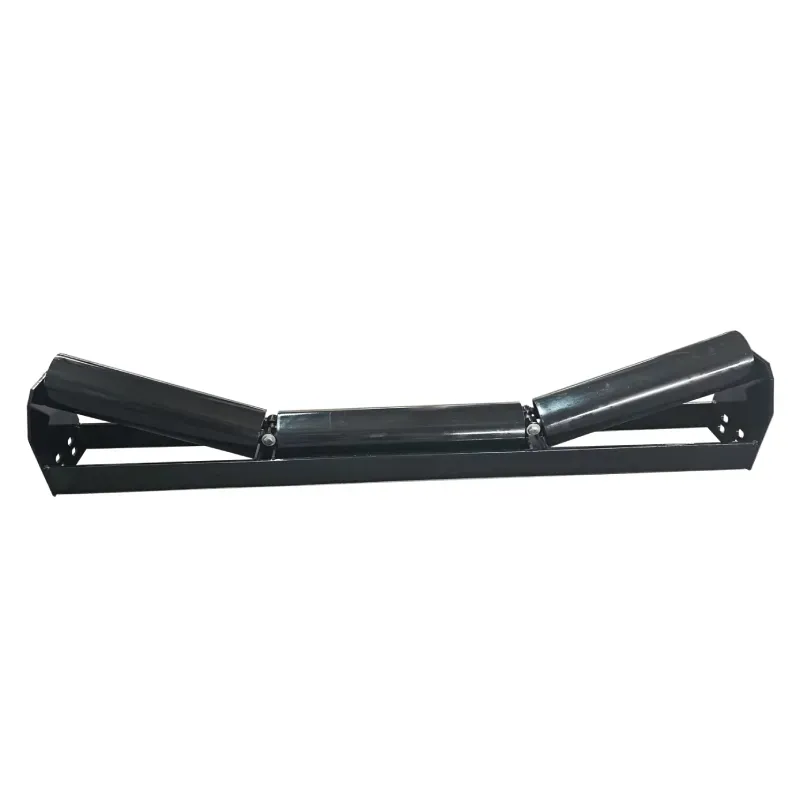 Afrikaans
Afrikaans  Albanian
Albanian  Amharic
Amharic  Arabic
Arabic  Armenian
Armenian  Azerbaijani
Azerbaijani  Basque
Basque  Belarusian
Belarusian  Bengali
Bengali  Bosnian
Bosnian  Bulgarian
Bulgarian  Catalan
Catalan  Cebuano
Cebuano  Corsican
Corsican  Croatian
Croatian  Czech
Czech  Danish
Danish  Dutch
Dutch  English
English  Esperanto
Esperanto  Estonian
Estonian  Finnish
Finnish  French
French  Frisian
Frisian  Galician
Galician  Georgian
Georgian  German
German  Greek
Greek  Gujarati
Gujarati  Haitian Creole
Haitian Creole  hausa
hausa  hawaiian
hawaiian  Hebrew
Hebrew  Hindi
Hindi  Miao
Miao  Hungarian
Hungarian  Icelandic
Icelandic  igbo
igbo  Indonesian
Indonesian  irish
irish  Italian
Italian  Japanese
Japanese  Javanese
Javanese  Kannada
Kannada  kazakh
kazakh  Khmer
Khmer  Rwandese
Rwandese  Korean
Korean  Kurdish
Kurdish  Kyrgyz
Kyrgyz  Lao
Lao  Latin
Latin  Latvian
Latvian  Lithuanian
Lithuanian  Luxembourgish
Luxembourgish  Macedonian
Macedonian  Malgashi
Malgashi  Malay
Malay  Malayalam
Malayalam  Maltese
Maltese  Maori
Maori  Marathi
Marathi  Mongolian
Mongolian  Myanmar
Myanmar  Nepali
Nepali  Norwegian
Norwegian  Norwegian
Norwegian  Occitan
Occitan  Pashto
Pashto  Persian
Persian  Polish
Polish  Portuguese
Portuguese  Punjabi
Punjabi  Romanian
Romanian  Russian
Russian  Samoan
Samoan  Scottish Gaelic
Scottish Gaelic  Serbian
Serbian  Sesotho
Sesotho  Shona
Shona  Sindhi
Sindhi  Sinhala
Sinhala  Slovak
Slovak  Slovenian
Slovenian  Somali
Somali  Spanish
Spanish  Sundanese
Sundanese  Swahili
Swahili  Swedish
Swedish  Tagalog
Tagalog  Tajik
Tajik  Tamil
Tamil  Tatar
Tatar  Telugu
Telugu  Thai
Thai  Turkish
Turkish  Turkmen
Turkmen  Ukrainian
Ukrainian  Urdu
Urdu  Uighur
Uighur  Uzbek
Uzbek  Vietnamese
Vietnamese  Welsh
Welsh  Bantu
Bantu  Yiddish
Yiddish  Yoruba
Yoruba  Zulu
Zulu Conveyor Roller Assembly Design and Manufacturing for Efficient Material Handling Solutions
Understanding Conveyor Roller Assembly
Conveyor systems are an integral part of modern industry, facilitating the efficient movement of goods and materials in warehouses, manufacturing plants, and distribution centers. Among the most critical components of these systems is the conveyor roller assembly, a device that plays a vital role in ensuring smooth and effective transport. This article aims to explore the structure, function, and importance of the conveyor roller assembly, as well as considerations for maintenance and selection.
What is a Conveyor Roller Assembly?
A conveyor roller assembly consists of several rollers attached to a framework that allows them to rotate freely. Rollers are typically cylindrical and made from various materials, including metal and plastic, depending on their intended use. They are strategically placed within a conveyor belt system to facilitate the movement of products or materials along the assembly line. The rollers can either be powered—meaning they assist in moving the conveyor belt—or non-powered, allowing the material to glide across stationary surfaces.
Structure of a Conveyor Roller Assembly
The basic components of a conveyor roller assembly include
1. Rollers These are the primary elements that support and move the loads. They can vary in diameter, length, and bearing type based on the application.
2. Frame The frame supports the rollers and provides the necessary structure for the conveyor system. Various designs are available, including fixed, adjustable, or custom-built frames that cater to specific operational needs.
3. Mounting Hardware This hardware facilitates the attachment of rollers to the frame. Proper mounting ensures stability and reduces wear over time.
4. Drive Components (for powered rollers) These may include motors, belts, or chains that engage with the rollers to assist in the movement of materials.
Function of Conveyor Roller Assembly
The primary function of the conveyor roller assembly is to support and transport materials efficiently. By allowing goods to roll over the rollers rather than slide against a flat surface, friction is reduced, leading to improved speed and energy efficiency. This design also minimizes wear and tear on goods and packaging, making it particularly useful for fragile items.
conveyor roller assembly

Conveyor roller assemblies can be used in various settings—whether it’s moving boxes along an e-commerce fulfillment center or transporting components within a manufacturing facility. Their versatility and adaptability are key factors that contribute to their widespread use.
Importance of Maintenance
Like all mechanical systems, conveyor roller assemblies require regular maintenance to operate effectively. Routine checks should include inspecting the rollers for wear and damage, ensuring proper lubrication of bearings, and checking the frame for any signs of structural compromise. Neglecting maintenance can lead to increased friction, decreased efficiency, and, ultimately, system failures that can result in costly downtime.
Selecting the Right Conveyor Roller Assembly
When choosing a conveyor roller assembly, several factors must be considered
1. Load Type The weight and type of materials being transported will determine roller diameter, material, and bearing type.
2. Operational Environment Conditions such as temperature, humidity, and exposure to chemicals can affect the durability of rollers and frames.
3. Speed Requirements Determine the necessary speed of the conveyor system to select an appropriate drive mechanism if needed.
4. Space Constraints The physical layout of the workspace may influence the design of the conveyor roller assembly.
Conclusion
In summary, the conveyor roller assembly is a fundamental component of efficient material transport systems in various industries. Understanding its structure and function enables businesses to optimize their operations, improve efficiency, and reduce costs. By investing in quality roller assemblies and adhering to regular maintenance practices, companies can ensure that their conveyor systems remain reliable and effective in meeting their logistical needs.
-
Revolutionizing Conveyor Reliability with Advanced Rubber Lagging PulleysNewsJul.22,2025
-
Powering Precision and Durability with Expert Manufacturers of Conveyor ComponentsNewsJul.22,2025
-
Optimizing Conveyor Systems with Advanced Conveyor AccessoriesNewsJul.22,2025
-
Maximize Conveyor Efficiency with Quality Conveyor Idler PulleysNewsJul.22,2025
-
Future-Proof Your Conveyor System with High-Performance Polyurethane RollerNewsJul.22,2025
-
Driving Efficiency Forward with Quality Idlers and RollersNewsJul.22,2025





























